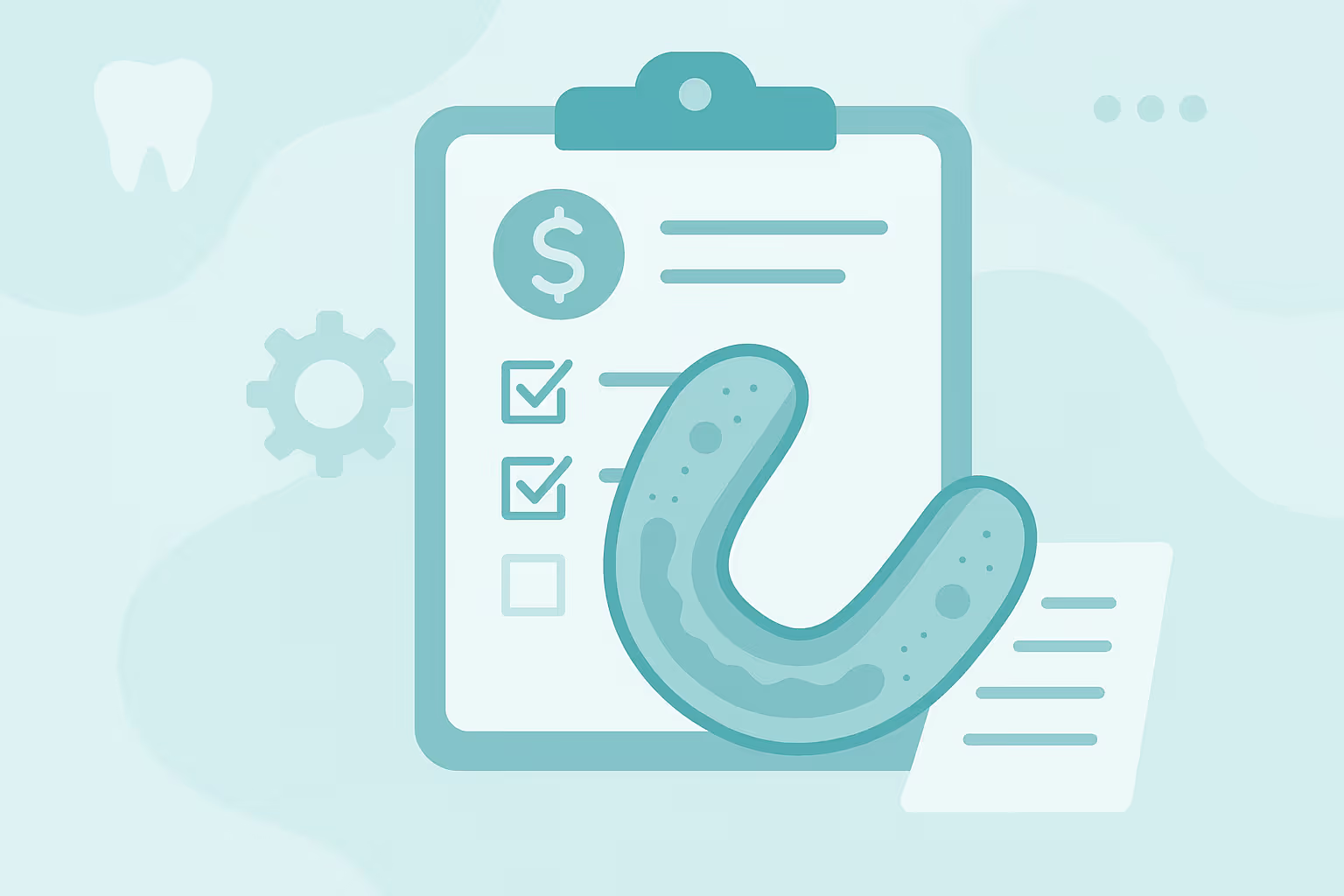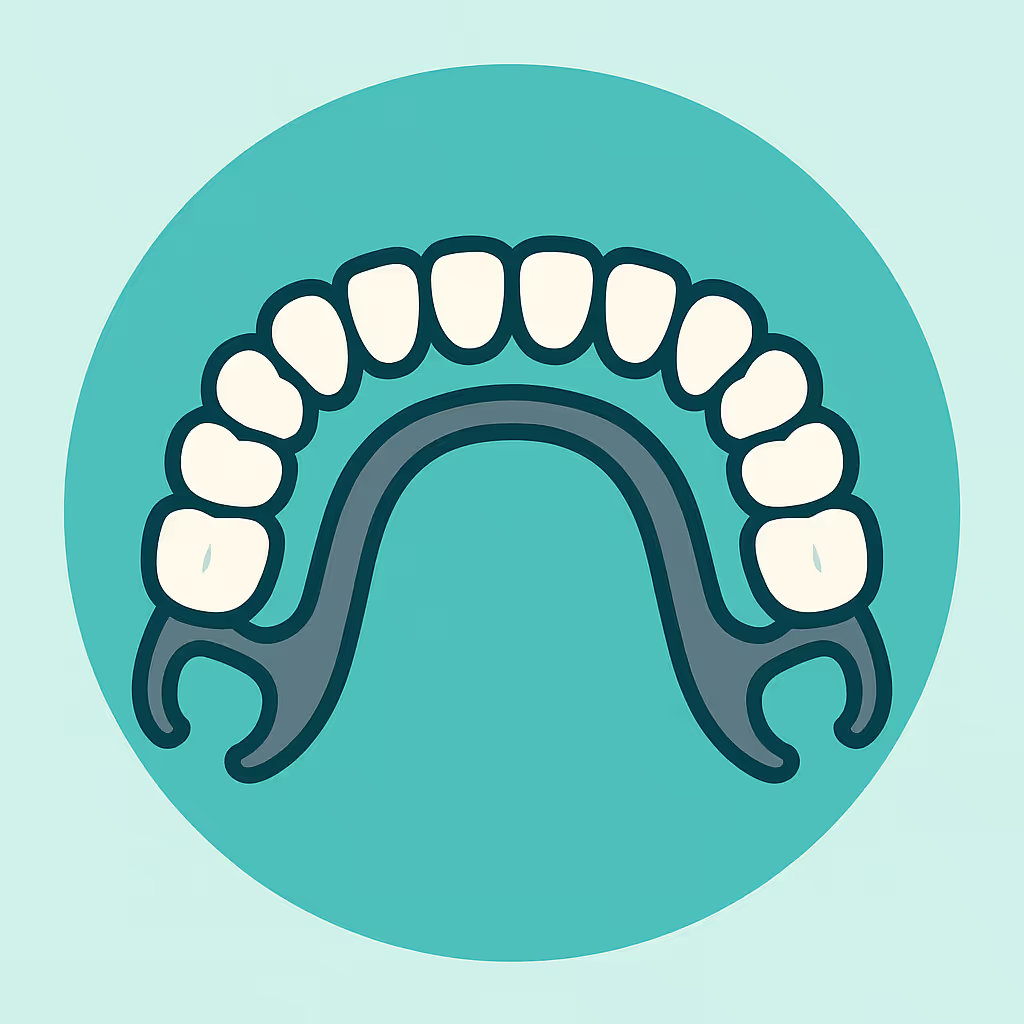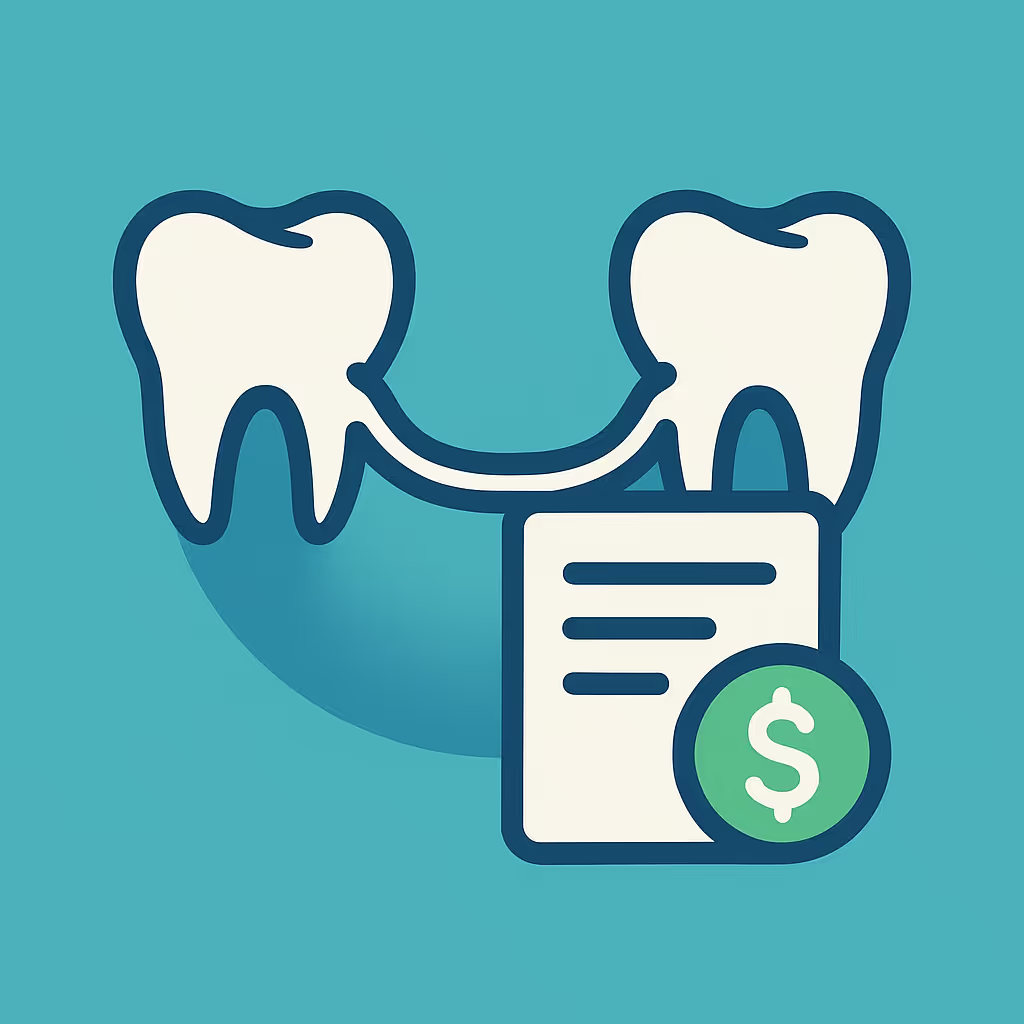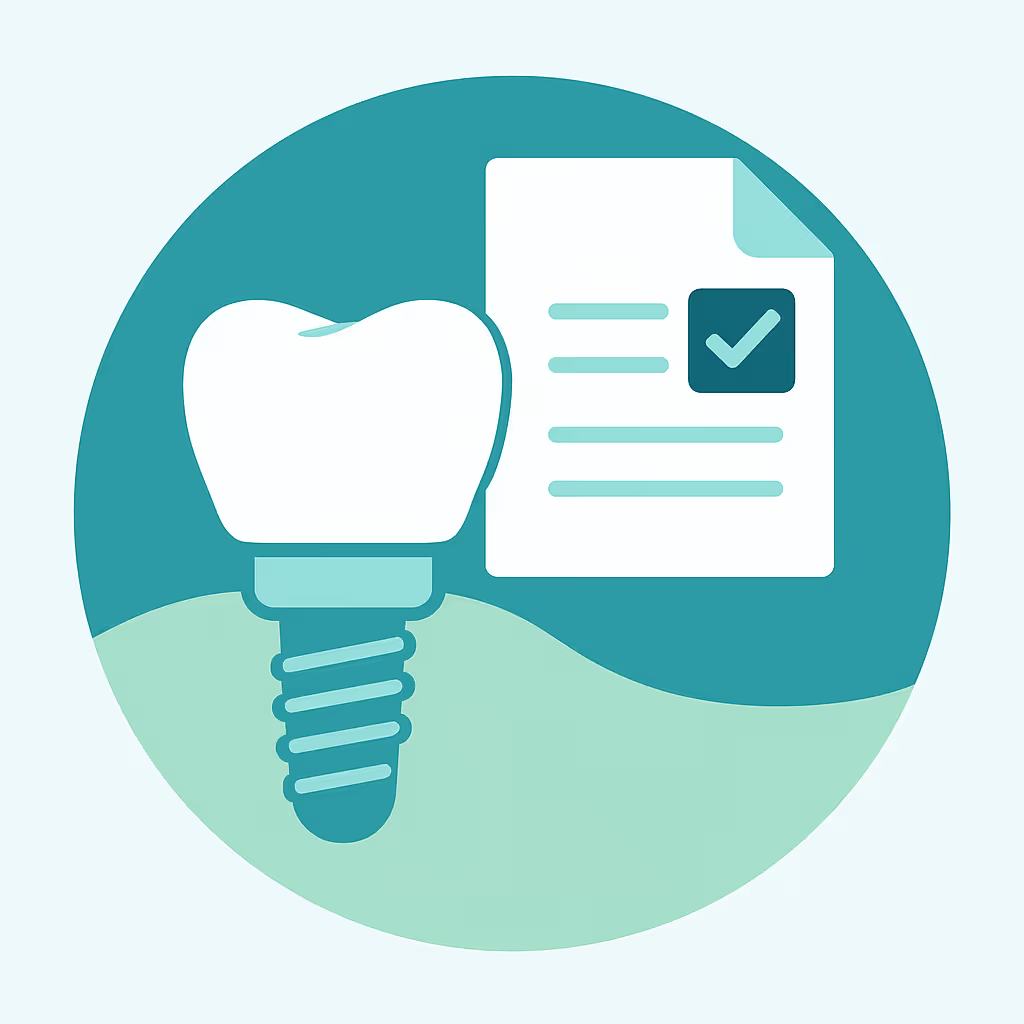Understanding Dental Code D9942
When to Use D9942 dental code
The D9942 dental code is designated for the repair and/or reline of an occlusal guard, which is a dental appliance used to protect teeth from grinding or clenching (bruxism). This CDT code should be used when an existing occlusal guard requires professional adjustment, repair, or relining due to wear, breakage, or changes in the patient’s oral condition. It is not intended for the fabrication of a new appliance; for that, refer to the code for fabrication of occlusal guards. Use D9942 only when the original guard can be restored to proper function and fit, ensuring the patient’s continued protection and comfort.
Documentation and Clinical Scenarios
Accurate documentation is essential for successful billing and claim approval. When using D9942, include detailed clinical notes describing:
- The condition of the occlusal guard prior to repair or reline (e.g., cracks, wear, poor fit).
- The specific repairs or relining procedures performed (such as adding acrylic, adjusting fit, or repairing fractures).
- Patient symptoms or complaints that prompted the repair (e.g., discomfort, reduced effectiveness).
- Photos or intraoral scans, if available, to support the need for repair.
Common clinical scenarios include a patient returning with a cracked guard, a guard that no longer fits due to dental work, or an appliance that has lost its retention. In each case, thorough documentation will support the necessity of the procedure and facilitate insurance reimbursement.
Insurance Billing Tips
Billing for D9942 requires attention to detail and adherence to payer guidelines. Here are best practices for maximizing claim acceptance:
- Verify coverage: Before performing the repair, check the patient’s insurance benefits to confirm that repairs or relines of occlusal guards are covered. Some plans may limit frequency or require prior authorization.
- Submit supporting documentation: Attach clinical notes, before-and-after photos, and a narrative explaining why the repair or reline was necessary. This reduces the risk of denials.
- Use accurate CDT coding: Ensure D9942 is not confused with codes for new appliances or adjustments. If additional procedures are performed (e.g., adjustment only), consider if another code such as the code for adjustment of occlusal guard is more appropriate.
- Appeal denials promptly: If the claim is denied, review the Explanation of Benefits (EOB) for the reason, gather additional documentation, and submit a timely appeal with a clear narrative.
Staying proactive with insurance verification and thorough documentation helps keep accounts receivable (AR) low and cash flow steady.
Example Case for D9942
Consider a patient who received an occlusal guard one year ago and now reports discomfort and a loose fit after recent restorative dental work. Upon examination, the dentist notes that the guard no longer adapts properly due to changes in the patient’s bite. The clinical team documents the patient’s symptoms, takes intraoral photos, and relines the guard chairside to restore fit and function. The claim is submitted with D9942, accompanied by clinical notes and photos. Insurance reviews the documentation and approves the claim, reimbursing the practice for the repair service. This real-world scenario highlights the importance of precise documentation and correct code usage for successful dental billing.





